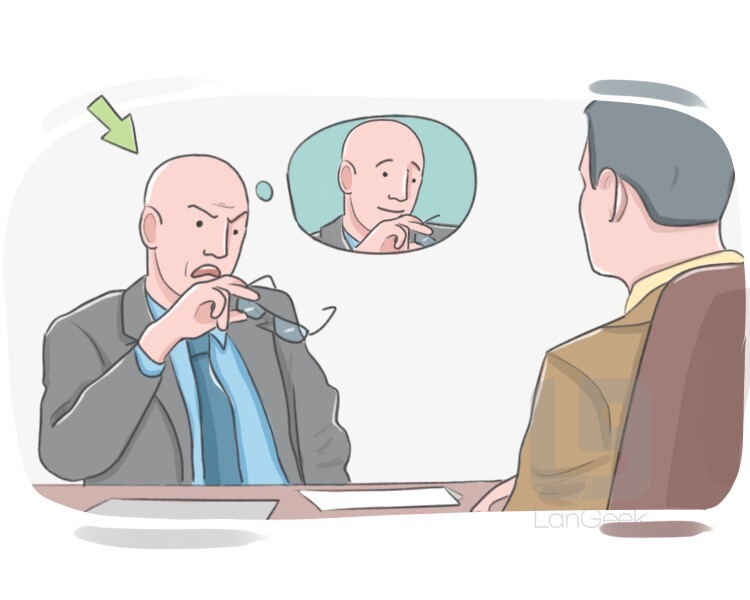Veterinary Watchdog Investigations: Bark Worse Than Bite?

Table of Contents
Understanding the Role of Veterinary Watchdog Organizations
Various organizations play a crucial role in overseeing the veterinary profession and handling complaints against veterinarians. These include state licensing boards, professional associations like the American Veterinary Medical Association (AVMA), and sometimes, specific animal welfare organizations with investigative capabilities. Their primary purpose is to protect animal welfare and maintain professional standards within the veterinary community. Understanding their functions is crucial for pet owners seeking redress for suspected malpractice or negligence.
- The Complaint Process: Filing a complaint usually involves providing detailed documentation, including veterinary records, timelines of events, and witness statements. Specific requirements vary by organization and jurisdiction, so checking the relevant body's website for their specific forms and procedures is essential.
- Types of Complaints Handled: These organizations typically investigate complaints ranging from medical malpractice (incorrect diagnosis, inappropriate treatment) and negligence (failure to provide adequate care) to animal cruelty and unethical conduct. Serious cases can involve potential criminal charges, though investigations often focus on professional misconduct.
- Differences Between Organizations: State licensing boards hold the primary responsibility for licensing and disciplinary actions against veterinarians within their state. Professional associations often have internal ethics committees but may lack the enforcement power of licensing boards. Animal welfare organizations may investigate cruelty cases but typically don't have direct disciplinary authority over veterinarians. Jurisdictional differences are significant, impacting which organization handles specific complaints.
The Investigation Process: What Happens After a Complaint?
Once a complaint is filed, the veterinary watchdog organization initiates an investigation. This process can vary in complexity and duration depending on the nature of the allegations and the available evidence.
- Investigative Methods: Investigations often involve a thorough review of veterinary medical records, interviews with the veterinarian, pet owner, and any witnesses, and sometimes, on-site visits to the veterinary clinic. Gathering sufficient evidence can be a significant hurdle.
- Challenges During Investigations: Securing all necessary evidence is often the biggest challenge. This can involve difficulties in obtaining complete medical records, locating witnesses, or overcoming conflicting accounts. The timeframe for completing an investigation can also be lengthy due to these hurdles and resource limitations within the investigative bodies.
- Investigation Timeframes and Delays: The duration of an investigation can vary widely, from a few weeks to several months or even longer. Delays can stem from complexities in gathering evidence, scheduling interviews, or the sheer volume of complaints handled by the organization. Transparency in communication about the investigation's progress is not always consistent across different organizations.
Outcomes of Veterinary Watchdog Investigations: Successes and Limitations
The outcomes of veterinary watchdog investigations can range from no action taken to severe sanctions against the veterinarian.
- Sanctions and Actions: Possible sanctions include reprimands, fines, probation, license suspension, or license revocation. The severity of the sanction depends on the findings of the investigation and the seriousness of the alleged misconduct.
- Limitations of the System: Several limitations hinder the effectiveness of veterinary watchdog investigations. These include resource constraints impacting the thoroughness and speed of investigations, a lack of transparency surrounding investigation results, and varying enforcement across different jurisdictions. The potential for bias or conflicts of interest is also a concern.
- Case Studies: While many cases result in appropriate action, others highlight limitations. Successful cases might involve clear evidence of negligence leading to license suspension or revocation. Conversely, unsuccessful cases might involve insufficient evidence or lengthy delays leading to frustration for pet owners.
Transparency and Public Access to Information
The level of transparency surrounding veterinary watchdog investigations and public access to information varies significantly among different regulatory bodies.
- Benefits and Drawbacks of Public Access: Public access to investigation outcomes promotes accountability and transparency. However, concerns about protecting the veterinarian's reputation and maintaining the privacy of those involved in the case often limit the amount of information released publicly.
- Comparing Transparency Levels: Some regulatory bodies publish summaries of disciplinary actions, while others provide minimal information, citing privacy concerns or legal restrictions. This inconsistency across different jurisdictions hinders comparative analysis and informed public discourse.
- Potential Improvements: Increased transparency and standardized reporting of investigation outcomes could enhance public trust and accountability. Implementing measures that balance the need for transparency with concerns about privacy is crucial for improving the system.
Conclusion
This article examined the effectiveness of veterinary watchdog investigations, exploring the processes, challenges, and outcomes. While these investigations play a crucial role in protecting animal welfare and holding veterinarians accountable, limitations in resources, transparency, and enforcement mechanisms remain. Successful veterinary watchdog investigations rely on sufficient resources, a robust investigation process, and effective sanctions.
Call to Action: Understanding the process of veterinary watchdog investigations empowers pet owners to advocate for their animals. If you suspect veterinary malpractice or negligence, learn about the complaint process in your jurisdiction and consider reporting your concerns. Don't hesitate to utilize the resources available through veterinary watchdog investigations to ensure accountability within the veterinary profession. Effective veterinary watchdog investigations are vital for animal welfare – become informed and contribute to a safer environment for our animal companions.

Featured Posts
-
 Zverevs Road To The Munich Semifinals Comeback Win Over Shelton And Cerundolo
May 31, 2025
Zverevs Road To The Munich Semifinals Comeback Win Over Shelton And Cerundolo
May 31, 2025 -
 Texas Panhandle Wildfire A Year Of Recovery And Renewal
May 31, 2025
Texas Panhandle Wildfire A Year Of Recovery And Renewal
May 31, 2025 -
 Covid 19 A New Variant And The Implications For Global Health
May 31, 2025
Covid 19 A New Variant And The Implications For Global Health
May 31, 2025 -
 Elon Musks Reaction To Recent Public Criticism
May 31, 2025
Elon Musks Reaction To Recent Public Criticism
May 31, 2025 -
 Legal Setback For Trumps Tariffs Analysis Of The U S Court Ruling And Canadian Implications
May 31, 2025
Legal Setback For Trumps Tariffs Analysis Of The U S Court Ruling And Canadian Implications
May 31, 2025
